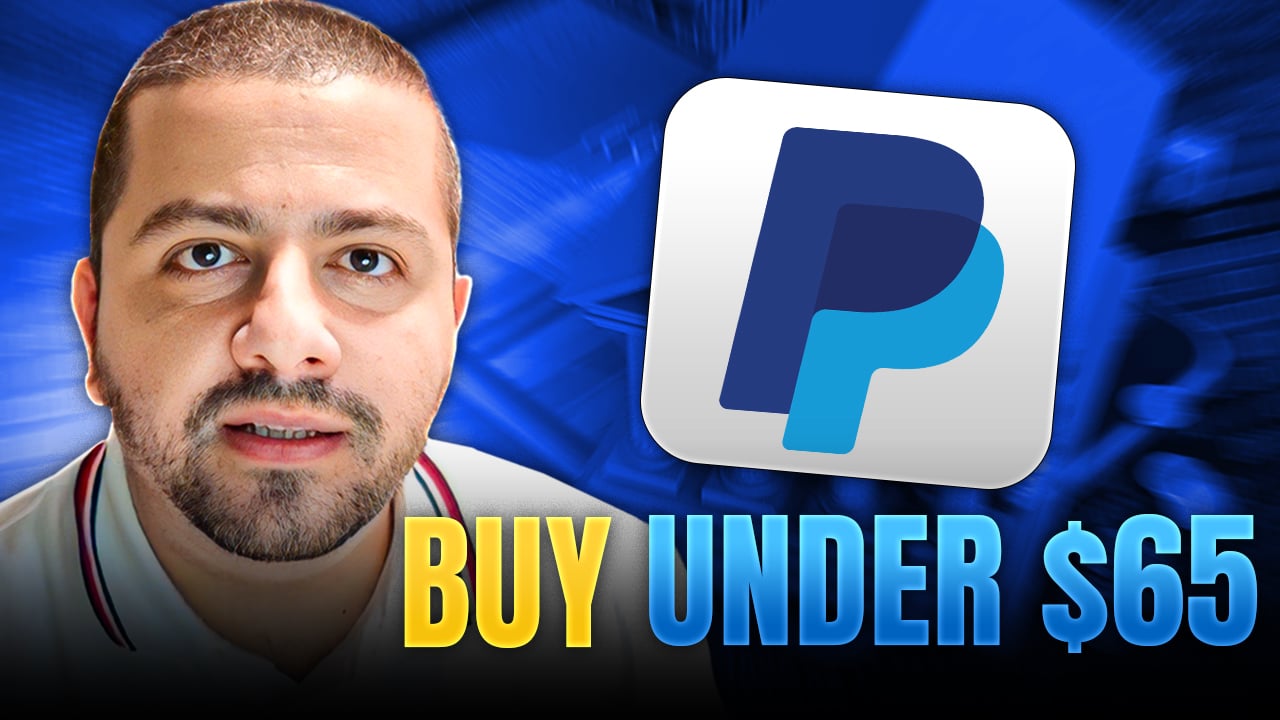PayPal (PYPL 1.92%), the digital payments giant that was spun off from eBay (EBAY +1.23%) a decade ago, was once an impressive growth stock. It started trading at $41.63 on its first day and soared 641% to a record high of $308.53 on July 23, 2021.
At the time, PayPal dazzled the market with its robust growth rates during the pandemic and ambitious expansion plans. The buying frenzy in meme and growth stocks -- fueled by low interest rates, social media buzz, and commission-free trades -- amplified those gains.
But as of this writing, PayPal's stock trades at about $78. The bulls retreated as its growth cooled, it missed its own long-term forecasts, and rising interest rates crushed its valuations. Should contrarian investors buy the stock today and expect it to bounce back in the near future?
What went wrong at PayPal?
In 2018, eBay announced it would replace PayPal with its smaller Dutch competitor Adyen as its preferred payment partner over the following five years. That decoupling stunned PayPal's investors, who had likely expected eBay to remain its steadfast partner.
PayPal's growth during the pandemic -- driven by a surge in online transactions and peer-to-peer payments on Venmo -- temporarily offset its gradual loss of eBay's revenues. That growth spurt encouraged PayPal's then-CEO Dan Schulman to set some ambitious growth targets during its investor day presentation in early 2021.

NASDAQ: PYPL
Key Data Points
From 2020 to 2025, Schulman claimed PayPal would nearly double its year-end active accounts from 377 million to 750 million, more than double its annual revenue to over $50 billion, and more than double its annual free cash flow (FCF) from $5 billion to at least $10 billion.
But after the pandemic ended, PayPal's growth in active accounts, total payment volume (TPV), and revenue slowed. Schulman then abandoned his ambitious targets in 2022 and stepped down in 2023. PayPal ended 2024 with just 434 million active accounts, and it only generated $31.8 billion in revenue and $6.6 billion in FCF for the full year.
|
Metric |
2020 |
2021 |
2022 |
2023 |
2024 |
9M 2025 |
|---|---|---|---|---|---|---|
|
Active accounts growth (YOY) |
24% |
13% |
2% |
(2%) |
2% |
1% |
|
TPV growth (YOY) |
31% |
33% |
9% |
13% |
10% |
6% |
|
Revenue growth (YOY) |
21% |
18% |
8% |
8% |
7% |
5% |
Data source: PayPal. YOY = year over year.
Under Schulman's successor, Alex Chriss, PayPal gradually stabilized its business throughout 2024 as inflation cooled and it expanded its ecosystem with more online and in-store features. That stabilization softened the blow from its final decoupling from eBay, which concluded in 2023.
But in the first nine months of 2025, PayPal's growth decelerated again as it gained fewer accounts and processed fewer transactions per user. Its take rate (the percentage of each transaction it retains as revenue) has also continued to decline every year since its spinoff from eBay. That pressure can be attributed to its growing dependence on Venmo and its Braintree backend software, which both generate lower take rates than its core payment processing platform as well as intense competition from other fintech platforms.
What are PayPal's turnaround plans?
Alex Chriss doesn't want PayPal to sacrifice its margins to gain new accounts. Instead, he's focusing on expanding its operating margins to stabilize earnings growth.
To accomplish that, PayPal has been expanding its higher-margin features -- which include its own branded checkout tools (as opposed to its unbranded ones that run on Braintree), its "Pay with Venmo" tools that integrate the app into more physical and online stores, and its "PayPal Everywhere" initiative that bundles together a broad range of payment options (including debit card, NFC, in-store, and mobile app payments) for businesses.
It's accelerating the overall shopping experience with its one-click "Fastlane" checkout service, and it's streamlining its other payment services with AI agents through a partnership with OpenAI's ChatGPT. It's also trying to lock in more users with its buy now, pay later tools, cryptocurrency trading tools, and stablecoin-supported services.
But even as PayPal expands its ecosystem of branded services, it's pruning its workforce and plowing its FCF into buybacks to boost its earnings per share (EPS). That's why its adjusted operating margin expanded 116 basis points to 18.4% as its adjusted EPS grew 21% in 2024.
For 2025, PayPal expects its adjusted EPS to rise another 15%-16% to $5.35-$5.39 per share. At $78, its stock looks cheap at less than 15 times the midpoint of that forecast. From 2024 to 2027, analysts expect its adjusted EPS to grow at a CAGR of 11%.
That outlook seems stable, but the business is maturing and its high-growth days are over. Therefore, investors shouldn't expect PayPal to be a long-term turnaround play. It's a growth stock that is becoming a value stock, and it will likely generate modest gains while trading at a lower valuation for the foreseeable future.





